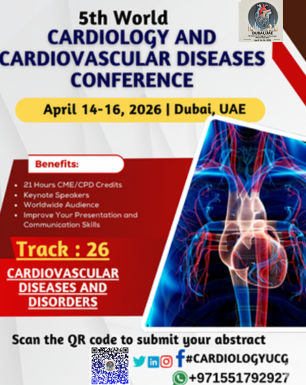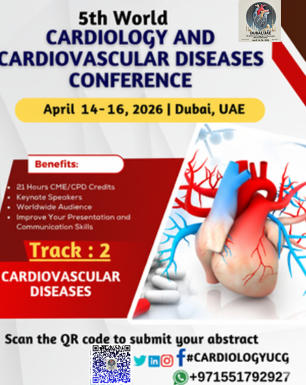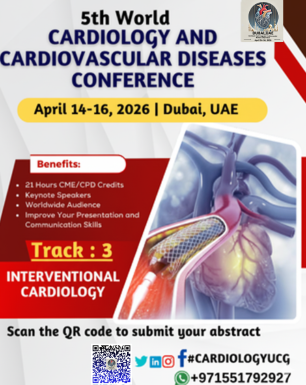



Sub Topics: Coronary Artery Disease, ...


Cardiovascular Diseases and Disorders refer to a broad group of conditions that affect the heart and blood vessels. They are among the leading causes of death globally and can range from congenital issues present at birth to conditions developed over time due to lifestyle, genetics, or infections.
Here’s a concise overview:
Cardiovascular diseases (CVDs) involve the heart (cardio) and blood vessels (vascular), impacting how blood circulates through the body.
Lifestyle factors: Smoking, unhealthy diet, physical inactivity, excessive alcohol.
Medical conditions: Diabetes, high blood pressure, high cholesterol.
Genetics: Family history of heart disease.
Infections and inflammation: Can damage the heart muscle or valves.
Coronary artery disease (CAD) – narrowing of arteries supplying the heart.
Hypertension – high blood pressure damaging vessels over time.
Stroke – interruption of blood supply to the brain.
Heart failure – heart can't pump blood effectively.
Arrhythmias – irregular heart rhythms.
Peripheral artery disease (PAD) – poor circulation in limbs.
Chest pain or discomfort
Shortness of breath
Fatigue
Swelling in legs or abdomen
Irregular heartbeat
Sudden numbness or weakness (stroke)
ECG/EKG
Echocardiogram
Blood tests (cholesterol, troponins)
Angiography
Stress tests
Lifestyle changes: Diet, exercise, quitting smoking
Medications: Blood thinners, statins, beta-blockers
Procedures: Angioplasty, bypass surgery, pacemaker insertion